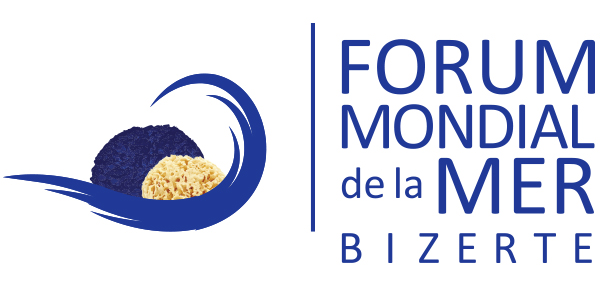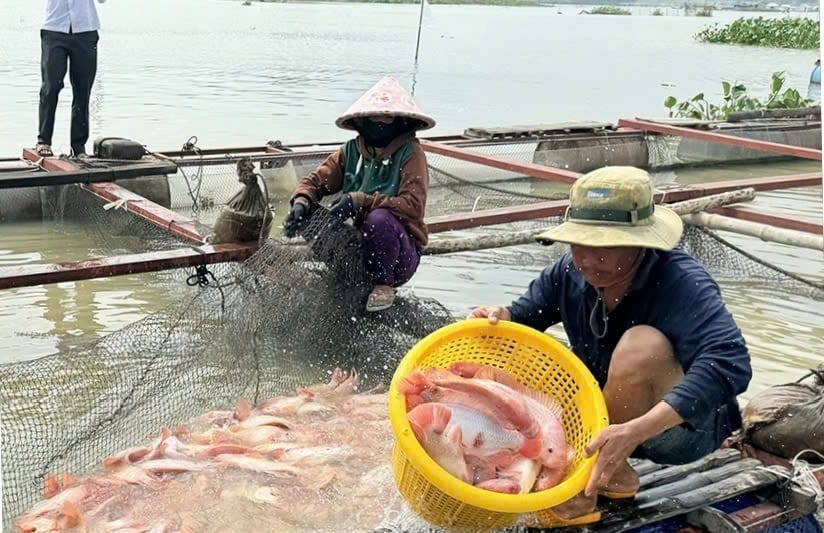With its vast water resources, Hanoi is striving to use this potential efficiently while promoting the sustainable development of its fisheries industry. In recent years, the aquaculture sector in Hanoi has grown steadily, contributing significantly to the overall development of the capital’s agriculture and environmental sectors.
Hanoi boasts over 30,000 hectares of natural water bodies, along with major rivers such as the Red River, Duong River, and Da River, creating favorable conditions for aquaculture. However, with the decline of natural aquatic resources and production, the protection and restoration of aquatic resources have become a key mission of the Department of Agriculture and Environment of Hanoi.
Restoring Aquatic Resources
One flagship initiative is the fish restocking program, organized by the Ministry of Agriculture and Environment in coordination with the Ministry of Livestock, Fisheries, and Veterinary Medicine. This program not only restores aquatic ecosystems but also raises public awareness about sustainable resource use and preventing overfishing.
Promoting Aquaculture Development
Hanoi has implemented numerous measures to advance the aquaculture sector, including:
- Introduction of new fish breeds
- Application of modern farming technologies
- Efficient management of aquaculture environments
- Use of biological products to prevent disease
Many farming households, particularly in southern communes like Ung Thien and Ung Hoa, have boldly invested in high-tech aquaculture, covering over 3,000 hectares. Digital technologies applied in these areas have significantly increased economic efficiency.
A notable example is Mr. Nguyen Duc Thin in Ung Hoa, who manages over 4 hectares using camera monitoring systems and remote automatic control applications. This enables efficient production management, reduces material waste, and optimizes conditions for aquatic product growth.
Improving Quality and Expanding Markets
According to the Department of Agriculture and Environment of Hanoi, the city currently has more than 16,470 aquaculture operations covering a total of 24,700 hectares. Among them:
- 69 operations have implemented the VietGAP standard across 510 hectares
- 12,920 operations have committed to food safety standards
Hundreds of households have invested in high-tech, antibiotic-free aquaculture, generating annual revenues ranging from hundreds of millions to billions of Vietnamese dongs.
Implementing VietGAP standards not only improves product quality but also facilitates access to national and international seafood markets, enhancing Hanoi’s reputation and reinforcing its role in Vietnam’s agricultural value chain.
Sustainable Development and Technological Advancement
The “river-in-pond” aquaculture model has proven highly profitable. Ta Van Tuong, Deputy Director of Hanoi’s Department of Agriculture and Environment, emphasized that for sustainable aquaculture development, the city will continue investing in synchronized infrastructure for concentrated farming zones and establishing production chains to ensure stable supply.
Hanoi also encourages farmers to apply scientific and technological advances to improve productivity and product quality. These measures not only increase economic efficiency but also contribute to environmental protection, supporting the goal of sustainable aquaculture development.




